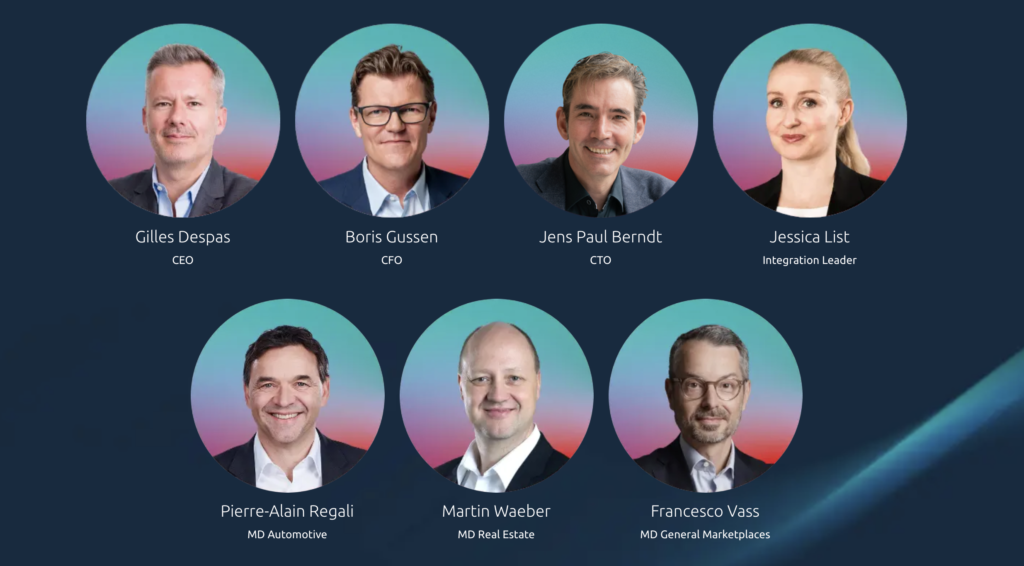For years, convertibles symbolised freedom, summer vibes and the joy of driving. But the reality on today’s car market tells a different story: open-top vehicles are losing popularity – both among manufacturers and buyers. An analysis by AutoScout24 reveals that supply and demand for convertibles have declined across Switzerland in recent years, even though prices have gone up.
While around 6’300 convertibles were registered in Switzerland in 2019, this figure dropped to just about 3’000 in 2024 – a decrease of more than 50 per cent. A similar trend can be observed on the online platform AutoScout24: last year, the supply of new convertibles was down by approximately 46 per cent compared to five years ago, while the number of used models declined by around 10 per cent. There are multiple reasons for this downward trend. On the one hand, well-known carmakers such as Opel, Renault, Nissan and Volkswagen have discontinued their convertible models. On the other, consumer buying habits have shifted. „Today, many drivers opt for practical everyday vehicles or SUVs that offer more space and flexibility”, says Alberto Sanz de Lama, Managing Director of AutoScout24 at SMG Swiss Marketplace Group. Among the five most listed new convertibles over the past twelve months were the Fiat 500, the Mini Convertible, the Mazda MX-5, the Porsche 911 and the BMW M440. In the used car segment, the Porsche 911, Mini Convertible, Fiat 500, BMW Z4 and Porsche Boxster were particularly sought after.
Electrification pushes convertibles aside
Developing and manufacturing convertibles is technically complex and costly – especially in the age of electrification. Electric vehicles pose new challenges for developers: the heavy battery located in the vehicle floor requires a particularly rigid chassis. For convertibles, which lack a fixed roof, this means additional reinforcements – negatively affecting weight, range and cost. It’s no surprise then that there are still only a few electric convertibles on the market. However, the open-top driving experience hasn’t been written off entirely: the fully electric Mini Cooper Convertible was launched in Switzerland at the beginning of the year, and the Polestar 6 Convertible is expected to follow in 2026.
From lifestyle item to luxury good
AutoScout24 data shows that convertibles are becoming rarer and more expensive – the vehicle type is increasingly evolving into a luxury item. This is reflected in search behaviour on the platform, where used convertibles are significantly more in demand. In the first four months of 2025, searches for used convertibles rose sharply by 33 per cent compared to the same period last year, while interest in new convertibles plummeted by 81 per cent. Average prices for used convertibles also climbed: while they stood at CHF 29’800 in 2019, they exceeded CHF 37’000 in 2024. Those looking to enjoy the summer with the top down shouldn’t wait too long. „The supply of convertibles is limited, and demand typically rises in spring and summer”, says Alberto Sanz de Lama. On AutoScout24, prospective buyers will find a wide selection of open-top vehicles to suit every taste and budget.
Data Basis
The analysis is based on listing data and user search behaviour on autoscout24.ch for passenger cars between 2019 and 2025 (01.01.2019 – 30.04.2025). The data was filtered by vehicle type, condition (new/used) and price. Only search queries that explicitly used the „convertible” filter were included in the demand analysis – meaning only those specifically looking for convertibles were considered.

Saskia Iten
PR & Communications Manager
[email protected]

